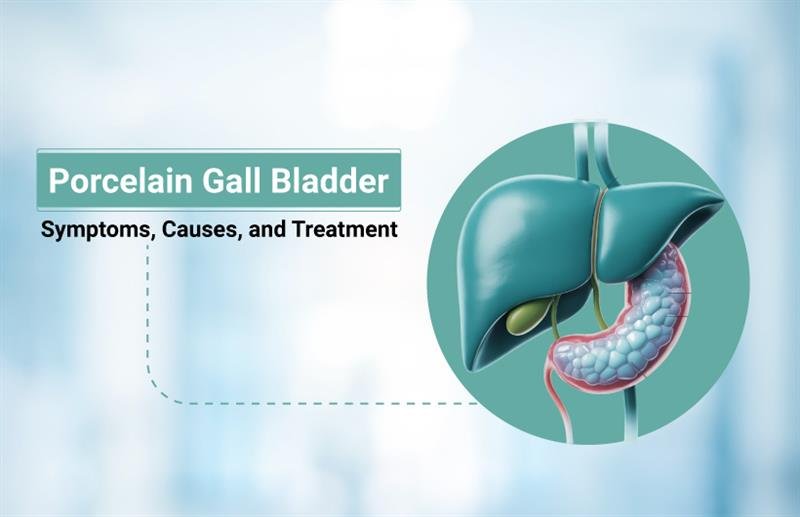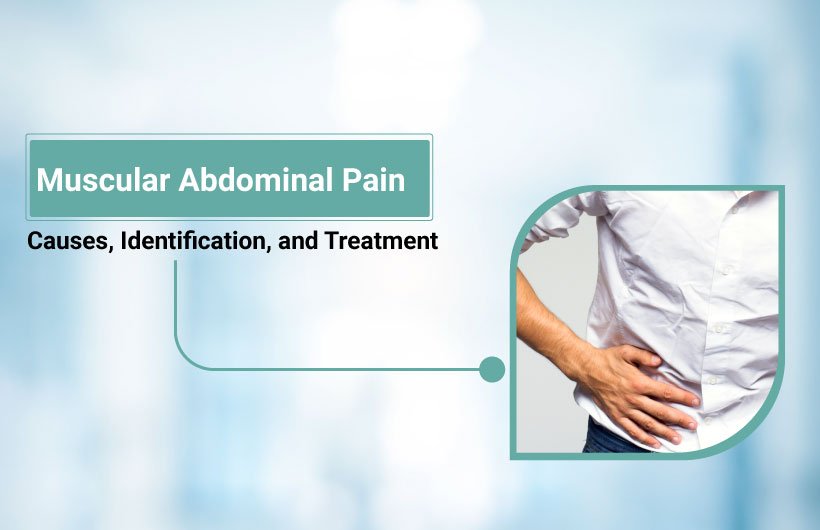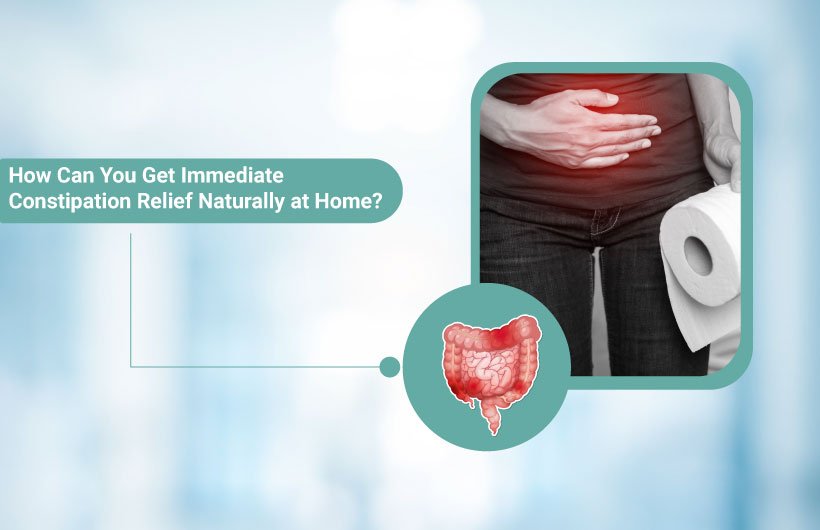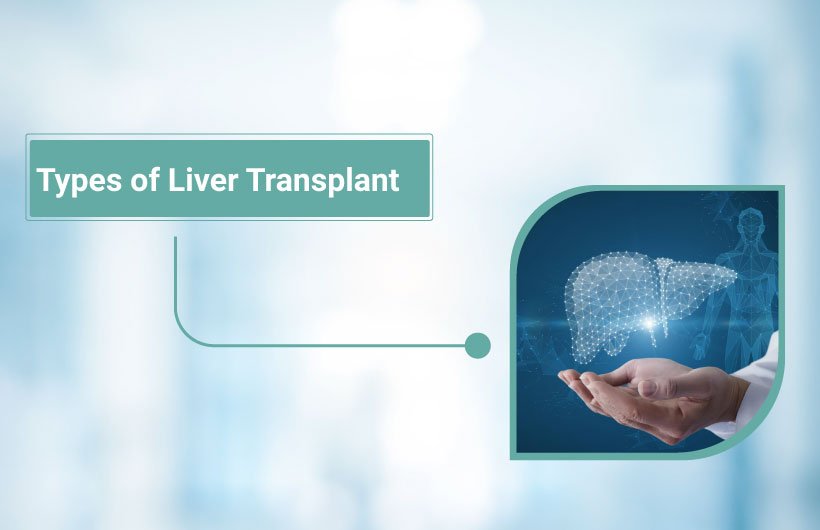What is a Porcelain Gall Bladder?
Porcelain gallbladder is a rare condition in which calcium deposits harden the gallbladder wall, making it stiff and brittle. Over time, these deposits make the gallbladder wall look white and shiny, much like porcelain, hence the name.
In most cases, people do not realise they have this condition because it usually does not cause noticeable symptoms. It is often discovered by accident when a person undergoes imaging tests like an ultrasound, X-ray, or CT scan for other abdominal problems.
Even though it is uncommon, this condition needs a thorough medical assessment as it may occasionally be linked to gallbladder cancer.
What causes Porcelain Gall bladder?
The exact reason why some people develop a porcelain gallbladder is not fully understood, but doctors believe it usually happens due to chronic irritation and inflammation of the gallbladder. The most common causes include:
- Gallstones – Small, hard deposits that form inside the gallbladder and irritate its lining.
- Gallbladder sludge – A thick mixture of bile and cholesterol that can block the flow of bile.
- Chronic cholecystitis – Long-term inflammation of the gallbladder caused by gallstones or infections.
Over the years of irritation, calcium begins to build up inside the gallbladder wall. Gradually, this process turns the once-flexible tissue into a rigid, porcelain-like surface.
What are the Symptoms of Porcelain Gallbladder?
For many patients, a porcelain gall bladder causes no symptoms at all. That’s why it is often detected only when doctors perform imaging tests for unrelated reasons.
However, in some cases, patients may experience symptoms like gallstones or other gallbladder diseases, such as:
- Pain in the upper right abdomen – It commonly appears after consuming rich or fatty meals.
- Bloating or fullness after eating.
- Nausea and vomiting.
- Yellowing of the skin and eyes, known as jaundice, can develop when a gallstone obstructs the bile duct, preventing normal bile flow.
If you notice persistent upper abdominal pain or digestive discomfort, it’s important to consult a Gastro Surgeon in Ahmedabad for further evaluation.
How is Porcelain Gall Bladder Diagnosed?
Doctors usually identify a porcelain gall bladder through imaging tests. The most common diagnostic methods include:
- X-ray – Calcium in the gallbladder wall often shows up clearly on a plain abdominal X-ray.
- Ultrasound – A simple, non-invasive test that can detect gallstones and gallbladder wall changes.
- CT scan – Provides detailed images and helps doctors assess the extent of calcification.
Since most cases are discovered incidentally, many patients are surprised to learn they have this condition.
Does Porcelain Gall Bladder Cause Cancer?
In the past, medical studies suggested that porcelain gallbladders carried a high risk of gallbladder cancer. Because of this, doctors used to recommend immediate gallbladder removal in nearly all cases.
However, newer research shows that the risk is much lower than previously believed, around 6%. While the risk is not as high as once thought, it is still significant enough that many doctors recommend proactive treatment, especially if the patient has symptoms or other risk factors.
The decision depends on your overall health, the presence of symptoms, and findings from imaging tests.
What is the Treatment for Porcelain Gallbladder?
The primary treatment for porcelain gallbladder is surgical removal of the gallbladder (cholecystectomy). This is usually done using laparoscopic (minimally invasive) surgery, where small incisions are made, and recovery is quicker compared to open surgery.
- If symptoms are present: Doctors usually advise surgery to lower the risk of complications like pain, infection, or even gallbladder cancer.
- If there are no symptoms: Some doctors may still recommend surgery as a precaution, while others may suggest regular monitoring with imaging tests.
The best approach is to consult with an experienced gastro surgeon in Ahmedabad, such as Dr. Varun Bajaj, who can evaluate your individual condition and guide you toward the safest treatment plan.
What Happens After Porcelain Gallbladder Treatment?
Most patients recover well after gallbladder removal. Since the gallbladder is not essential for digestion, the body adapts quickly, and people can return to normal life.
- Recovery time – Patients who undergo laparoscopic surgery often go home within 24–48 hours and resume daily activities within 1–2 weeks.
- Diet adjustments – Some people may initially experience mild digestive changes after surgery, but these usually improve with time.
- Cancer detection – If cancer is found during surgery, further treatment depends on the stage and spread of the disease.
Conclusion
Porcelain gall bladder is a rare but important condition that should not be ignored. While many people never experience symptoms, it can increase the risk of gallbladder cancer in some cases. That’s why it’s crucial to get a proper evaluation and treatment plan from a specialist.
If you’ve been told you might have a porcelain gallbladder, don’t panic but don’t delay seeking advice either. A trusted gastro surgeon in Ahmedabad, like Dr. Varun Bajaj, can help you understand your options, whether that means careful monitoring or minimally invasive gallbladder surgery.
For reliable information, you can also refer to medical authorities such as the American College of Gastroenterology.
If you suspect gallbladder problems or have been diagnosed with a porcelain gall bladder, book a consultation with Dr. Varun Bajaj to get expert guidance and the right treatment for long-term health.








